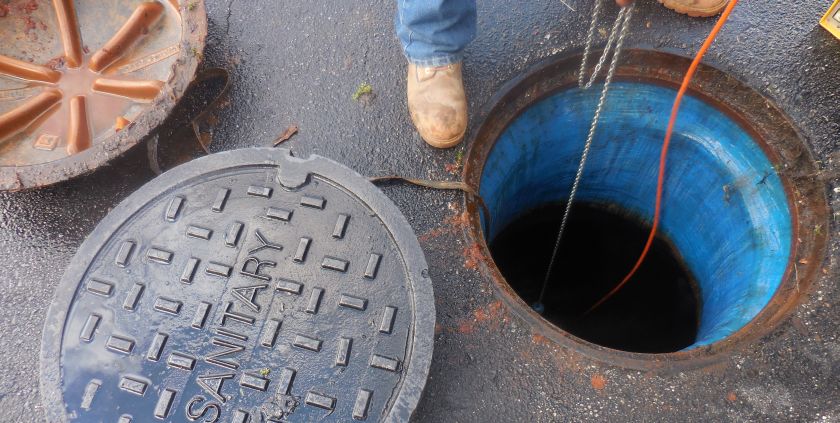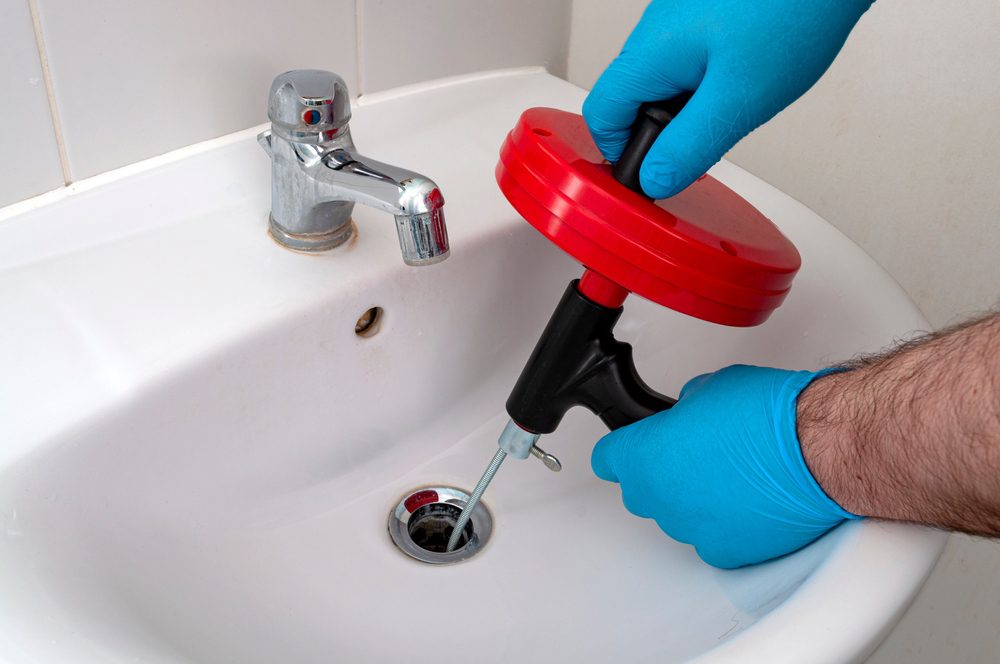Advice for Addressing a Blocked Drain Prior to Seeking Expert Assistance
Advice for Addressing a Blocked Drain Prior to Seeking Expert Assistance
Blog Article
How do you really feel when it comes to Some easy tips to fix blocked drains?

Introduction
Taking care of an obstructed drain can be an aggravating experience, interrupting everyday activities and potentially triggering damage to your residential property. Nonetheless, prior to reaching out to pipes experts, there are steps you can take to resolve the problem yourself. In this guide, we'll discover DIY solutions and safety nets to tackle an obstructed drain properly.
Determining the Issue
The first step in resolving a blocked drainpipe is identifying the signs. Slow-moving drainage, gurgling noises, foul odors emanating from drains, or water support up are common signs of a blocked drain. Identifying these indications early can assist protect against even more difficulties.
Choosing the Right Plumbing Service
When picking a plumbing service, consider aspects such as experience, licensing, and consumer reviews. Select a trusted plumber with a track record of quality workmanship and transparent rates techniques.
Price Factors to consider
The expense of specialist drainpipe cleaning services can vary depending on the extent of the clog and the plumbing technician's rates. Demand quotes from several companies and inquire about any kind of service charges to guarantee transparency and stay clear of surprises.
Safety and security Precautions
When trying DIY drainpipe cleaning, focus on security. Put on safety gloves and eyeglasses to avoid contact with harmful chemicals or germs. Never ever blend various drain cleansing items, as this can create harmful fumes.
Situation Researches
Real-life instances show the efficiency of DIY remedies and the value of timely expert intervention in dealing with drain obstructions.
Common Reasons For Blocked Drainpipes
Recognizing the elements that add to drain pipes blockages is necessary for reliable resolution. Usual wrongdoers consist of hair, soap residue, oil, food particles, and foreign objects like sanitary items or paper towels. Tree roots attacking underground pipes can also create substantial clogs.
Do it yourself Solutions
For small clogs, several do it yourself remedies can be efficient. Pouring boiling water down the drainpipe can help liquify grease and particles. Baking soda and vinegar or a blend of salt and cooking soft drink can function as natural cleansers. Making use of a plunger or pipes snake to remove blockages is one more alternative.
Tools and Tools
Having the right tools on hand can make DIY drain cleaning up extra efficient. A plunger is a flexible device for getting rid of clogs in sinks, toilets, and showers. A plumbing snake or auger can reach deeper blockages, while drain cleaning chemicals can be used very carefully for stubborn clogs.
Safety nets
To prevent future blockages, adopting safety nets is crucial. Mount drain guards or filters to catch hair and particles prior to they enter the pipes. Regularly flush drains with hot water to dissolve grease accumulation, and prevent dealing with grease or solid waste away.
When to Call an Expert
While DIY options can resolve small obstructions, particular indications show the need for professional support. Relentless clogs, foul odors despite cleansing initiatives, or multiple drains backing up simultaneously are red flags that call for skilled intervention.
Conclusion
By adhering to the tips described in this overview, you can effectively tackle blocked drains and protect against future plumbing concerns. Whether selecting do it yourself services or looking for expert aid, timely activity is vital to maintaining a healthy and balanced pipes system and protecting the stability of your home.
WHAT I LEARNED FROM TRYING TO DEAL WITH A CLOGGED DRAIN
We have had our share of seepages and other annoying things that are part of living, especially in an apartment complex. And if there’s one thing that’s terrifying for a homeowner—or even someone in a rented home—it is a clogged drain, indoors or outdoors.
We enjoy our living space, but it’s simply a fact of life that dead skin, soap and a host of other items go down the drain; eventually, the residue builds up and prevents anything from moving. Ugh.
Not Calling A Professional
Of course, it might seem simple to just whip the pipe off under the sink and see if you can unblock it. Unfortunately, what if the blockage isn’t there, or you don’t reconnect it properly? Worse, you might break a piece and have no drainage system. Can you imagine that scene? Yuck!
Not Watching Your Waste
This will sound d’uh, but the best tip I can give you for drain cleaning is to avoid clogging the drain in the first place! You can do this by monitoring what goes down the drain and catching the items which are most likely to give you a problem. Invariably hair, vegetable peels, and large wads of toilet paper are the most obvious culprits. Add a filter—these are available in hardware stores and can be removed and cleaned easily.
Poking The Drain
The first urge with a clogged drain is to poke at it with a stick or anything that resembles a stick. Sadly, this does not result in magically solving the issue. The mental image is, naturally, one of the stick just pushing through the offending item and all is well again. Reality is quite different and unpleasant and likely to lead to further problems.
The thing is, every drain has a series of bends that are not visible to us. Drains are built this way to prevent gases from entering the house. What happens when you poke a stick into the drain? Of course, it can’t bend around the corner. The more adventurous people will use force and end up wedging the stick or causing it to break off in the pipe—creating an even bigger issue. Worst thing? The stick will shift the block further down the pipe, creating the space for more to collect. Go ahead! Roll your eyes!
Using The Wrong Plunger
You know what they say: the right tool for the right job! Did you know there are different types of plungers besides the basic one we keep at home for an emergency? Yes, there are. For example, the toilet plunger has a bell-shaped bottom while the sink plunger is flat. This is an important difference and using the wrong plunger will be useless. There’s also a knack in using plungers—they must be placed in such a way that they create an airtight seal and then, moved slowly up and down—not as fast as we imagine.
https://vidyasury.com/2018/01/learned-trying-deal-clogged-drain.html

We hope you enjoyed reading our topic on . Thanks a lot for spending some time to read through our piece. Make sure you take the time to promote this blog post if you appreciated it. Thanks for your time. Don't hesitate to come visit our website back soon.
Call Report this page